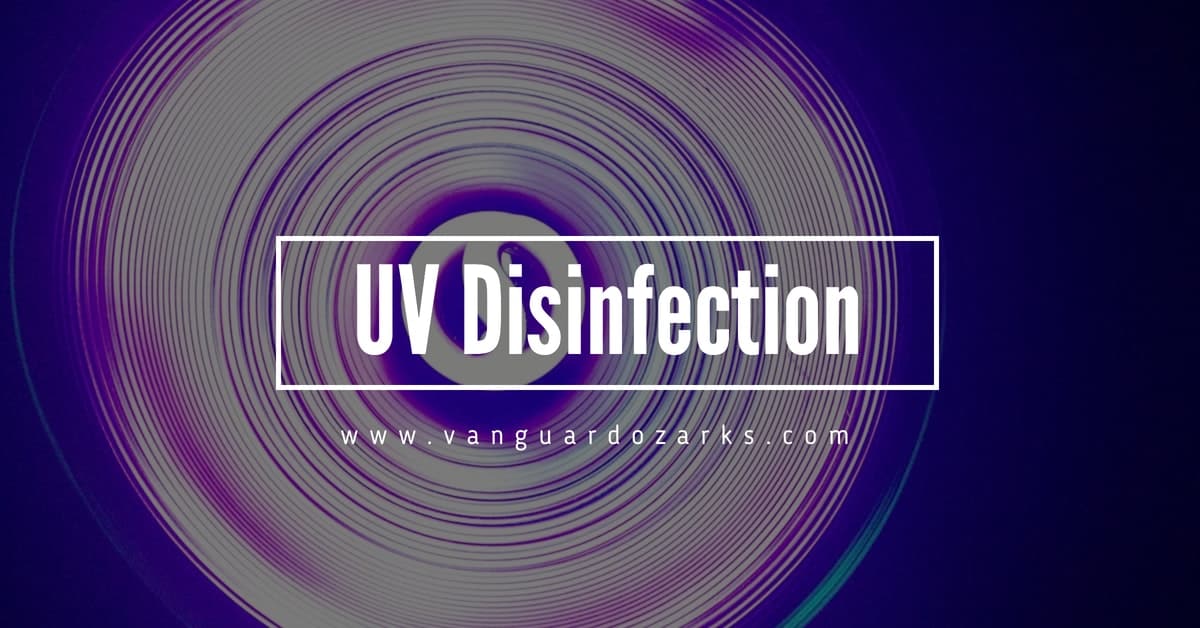No-touch UV disinfection systems have proven effective at reducing detectable levels of germs and bacteria, and should be considered as a viable intermediary system between cleaning services for high-traffic facilities.

The Value of Ultra Violet Disinfection for Facilities
Recent studies have shown that regular cleaning and disinfection services, regardless of quality or regularity, are insufficient to prevent the growth and spread of germs and bacteria between cleanings.
Compounding the issue, many cleaning and disinfection services are inadequate.
Missing spots, not allowing disinfectant to sit for the designated amount of time, insufficient cleaning before applying disinfectant, and cross-contamination from poor cleaning practices or neglected equipment all negatively impact surface hygiene.
Additionally, under most circumstances, human re-entry into a cleaned and disinfected space will typically recontaminate it almost instantly.
Ultimately, these conditions can result in extreme health and safety issues for occupants in certain kinds of facilities, such as hospitals, surgery centers, doctor's offices, nursing homes, daycare centers, and elementary schools--especially during cold and flu season.
To combat this, intermediary systems, such as UV lighting, hydrogen peroxide misting, or electrostatic disinfection systems are used in recently cleaned, unoccupied facilities to disinfect surfaces of nosocomial pathogens that are typically missed during manual cleaning and disinfection processes--especially in a time crunch.
According to Infection Control Today;
Many studies have demonstrated that terminal cleaning and disinfection with germicides are often inadequate and leaves environmental surfaces contaminated with important nosocomial pathogens.
'No touch' methods of room decontamination have been demonstrated to reduce key nosocomial pathogens on inoculated test surfaces and on environmental surfaces in actual patient rooms. Further UV devices and hydrogen peroxide systems have been demonstrated to reduce HAI.
While manual cleaning and disinfection is a critical step to limiting the spread of pathogens, studies have demonstrated that less than 50 per-cent of hospital room surfaces are adequately cleaned and disinfected – leaving facilities and patients vulnerable to pathogens.
UV disinfection technology should supplement manual surface cleaning by killing persistent pathogens, including Clostridium difficile (C. difficile), carbapenem-resistant enterobacteriaceae (CRE) and Methicillin-resistant Staphylococcus aureus (MRSA), for optimum infection prevention.
No-Touch Technology Manufacturers Share Perspectives on Key Issues
The Trouble With Towels
The conventional method of applying cleaning and disinfectant products to any surface other than a floor is with a cotton or microfiber cloth or towel.
Unfortunately, there is an issue with bacteria retention in cloth towels--including E.coli, coliforms linked to feces, and pneumonia-associated bacteria--and reduced effectiveness with certain disinfectants applied with microfiber.
According to Waxie;
Infection-Causing Bacteria Found In Laundered Towels Used To Clean Hospital Rooms
UV Disinfection Effectiveness
Ultraviolet disinfection has proven effective in facilities with a high compliance rate for pre-disinfection cleaning and hand hygiene.
- According to a two-year study involving Chesapeake Regional Healthcare, after installing UV disinfection systems, the hospital reported a 12% decrease in its C.diff infection rates.
- The Iowa City VA Health Care System reported a 30% reduction in C.diff infections.
- Orlando Health South Seminole reported a 61% drop in MRSA, VRE, and C.diff infection rates in the ICU.
- The Jack C. Montgomery VA Medical Center reported a 50% reduction in Multi-Drug Resistant Organism infections, and;
- Morningside Ministries at The Manor reported a nearly 80% decline in C.diff.
References & Resources
- Study Reveals UV Disinfection Rates
- Hospital sees 12% C. diff reduction in two-year, CDC-funded study
- CASE STUDY: Milwaukee VA Medical Center Implements UV Disinfection
- Study Shows HAI Reduction From UV Disinfection Machines
Takeaway
UV disinfection appliances address a significant gap in the area of infection prevention and control by killing germs and bacteria almost always missed by conventional manual disinfection processes.
However, the effectiveness of the appliance is contingent upon two fundamental criteria:
- Occupant hand hygiene, and;
- Routine high-performance cleaning services.
Outsourcing your facilities' infection prevention and control requirements to an experienced and dedicated service provider is a proven method for cost-effectively maintaining the cleanliness, safety, and hygiene of your facility.
Adding addtional no-touch disinfection services ensures your occupants are safe in-between deep cleaning services.
Contact us today and discover why Vanguard Cleaning Systems® is the Standard of Clean® for businesses throughout Northwest Arkansas, Missouri, and Oklahoma.
In Oklahoma, dial 918-960-4450
In Arkansas, dial 479-717-2410
In Missouri, dial 417-812-9777
